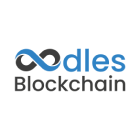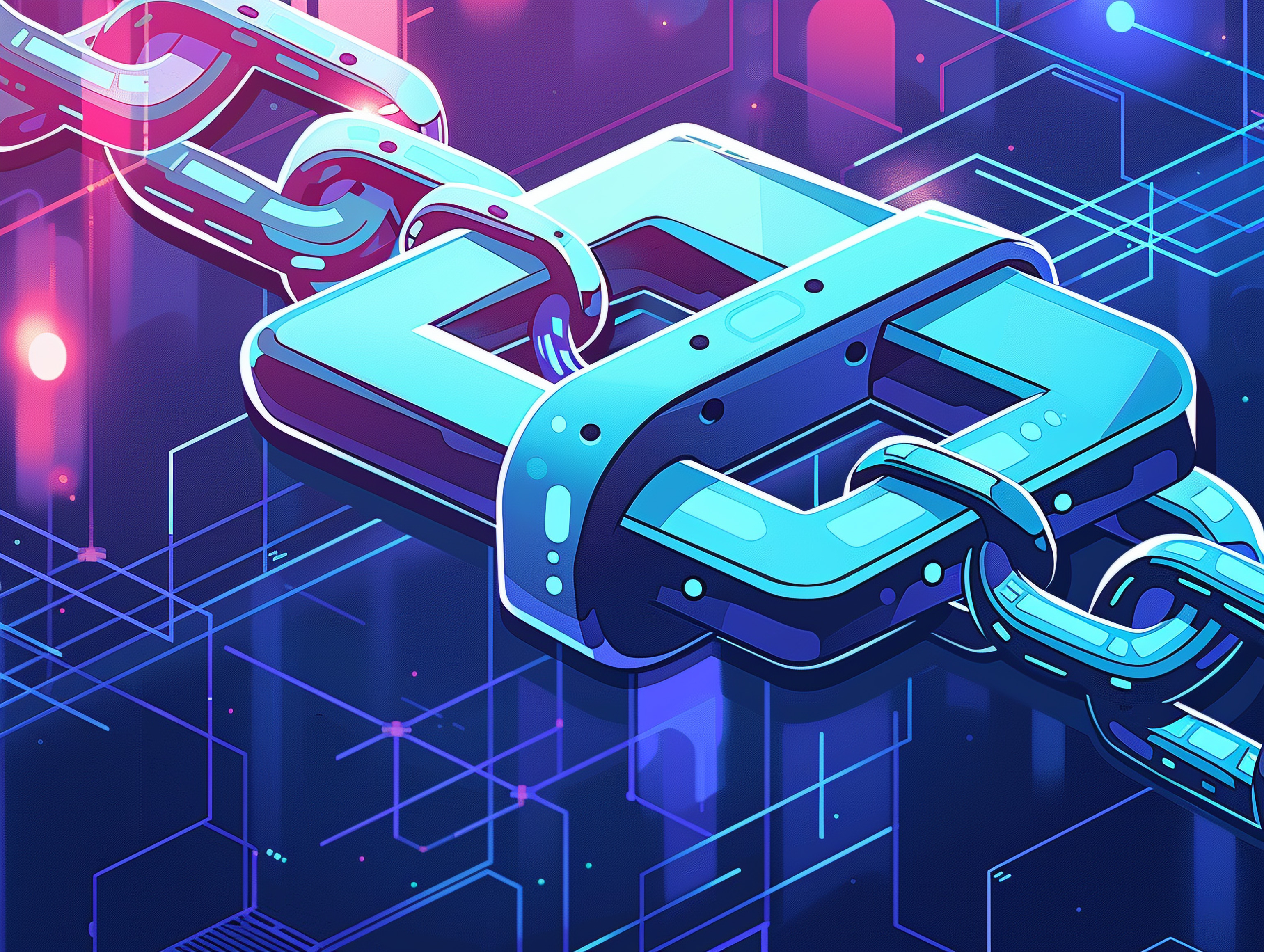Understanding Cross Chain NFTs
 Mohd Arslan Siddiqui
Mohd Arslan Siddiqui
Non-fungible tokens (NFTs) have taken the world by storm, allowing people to own and trade digital assets uniquely and securely. NFTs are unique digital assets stored on a blockchain with unique identification codes and metadata that distinguish them from other tokens. However, NFTs are typically limited to the blockchain on which they are minted. This can make it difficult to trade NFTs across different blockchains, and can also limit the reach of NFT projects.
Cross-chain NFTs, powered by NFT development services, is a new concept that allows the trading of NFTs across different blockchains. This is made possible by cross-chain bridges, which allow users to transfer assets from one blockchain to another. A cross-chain bridge is a decentralized application that empowers the transfer of assets from one blockchain to another. These bridges enhance token utility by fostering cross-chain liquidity between different blockchains. Typically, a cross-chain bridge operates by locking or burning tokens on the source chain via a smart contract and unlocking or minting tokens through a corresponding smart contract on the destination chain.
There are several benefits to using cross-chain NFTs, including:
Increased liquidity: Cross-chain NFTs can be traded on a wider range of marketplaces, which can lead to increased liquidity and higher prices.
More users: Cross-chain NFTs can be used by people who use different blockchains, which can help to grow the NFT community.
Performing a cross-chain NFT transfer is a relatively simple process. First, you need to choose a cross-chain bridge. There are several different cross-chain bridges available, each with its own strengths and weaknesses. Some popular cross-chain bridges include:
Wormhole
Celer cBridge
Hop Protocol
Synapse Bridge
Performing a Cross Chain NFT Transfer
We are going to use Celer cBridge to execute a Cross chain NFT transfer. It follows the “lock-and-mint”, “burn-and-release”, and “burn-and-mint” patterns. Where users lock their NFTs on the source chain and Celer cBridge mints new NFTs on the destination chain. Celer cBridge also supports wrapped NFTs, which are pegged to the value of the original NFT and can be used in the same way.
Here is how to bridge an NFT from an origin chain to a destination chain using Celer cBridge:
Go to the Celer cBridge website and connect your wallet.
Select the source chain and the destination chain.
Select the asset that you want to bridge (in this case, your NFT).
Enter the amount that you want to bridge and click “Bridge”.
Confirm the transaction in your wallet.
Once the transaction is confirmed, your NFT will be bridged to the destination chain. You can then use the new NFT on the destination chain just like any other NFT.
Celer cBridge handles the situation where there is no contract for an NFT on the destination chain by creating a new contract for it. This process is called cross-chain token wrapping.
When a user bridges an NFT to a chain where there is no contract for it, Celer cBridge will:
Create a new contract on the destination chain that is identical to the contract on the source chain.
Wrap the user’s NFT on the source chain and deposit it into the new contract on the destination chain.
Create a new NFT on the destination chain that represents the user’s wrapped NFT.
Transfer the new NFT to the user’s wallet on the destination chain.
The user can then use the new NFT on the destination chain just like any other NFT. When the user wants to bridge the NFT back to the source chain, Celer cBridge will:
Unwrap the user’s NFT from the contract on the destination chain.
Deposit the unwrapped NFT into the contract on the source chain.
Transfer the user’s original NFT back to their wallet on the source chain.
Cross-chain token wrapping is a safe and secure way to bridge NFTs to chains where there are no contracts for them. It is important to note that the user will need to pay gas fees for both the wrapping and unwrapping process.
Challenges
Some cross-chain bridges may require you to wrap your NFT before bridging. This is a process of converting your NFT into a token that can be transferred over the bridge, which makes it a centralized solution as the original NFTs will be held by bridges. While wrapping and unwrapping NFTs is a centralized solution, it is a necessary step for some cross-chain bridges. Users should carefully consider the risks and benefits of wrapping and unwrapping NFTs before using a cross-chain bridge.
Be sure to do your research before choosing a cross-chain bridge and bridging your NFT. Consider the gas fees, the bridge’s reputation, and the requirements for wrapping and unwrapping your NFT.
The regulatory landscape for cross-chain bridges is still evolving, and it is unclear how cross-chain bridges will be regulated in the future. This could create uncertainty for users and businesses that use cross-chain bridges.
Conclusion
Cross-chain NFTs are a new and exciting development in the NFT space. They offer several benefits over traditional NFTs, including increased liquidity and more users.
Despite the challenges, cross-chain NFTs have the potential to revolutionize the market. By allowing NFTs to be traded across different blockchains, cross-chain NFTs would increase liquidity, reach, and utility for NFTs.
If cross-chain NFT solutions can be successfully developed, they could have a major impact on the NFT market and the broader blockchain ecosystem.
Overall, cross-chain NFTs are a promising technology with the potential to revolutionize the way that NFTs are used. However, it is important to be aware of the challenges involved before using them. It is also important to choose a reputable cross-chain bridge with a good track record of security and reliability. If you have a project related to NFT development in mind, you may connect with our NFT developers to get started.
Subscribe to my newsletter
Read articles from Mohd Arslan Siddiqui directly inside your inbox. Subscribe to the newsletter, and don't miss out.
Written by

Mohd Arslan Siddiqui
Mohd Arslan Siddiqui
Expert blockchain writer with a knack for simplicity. Blends technical depth with engaging storytelling.